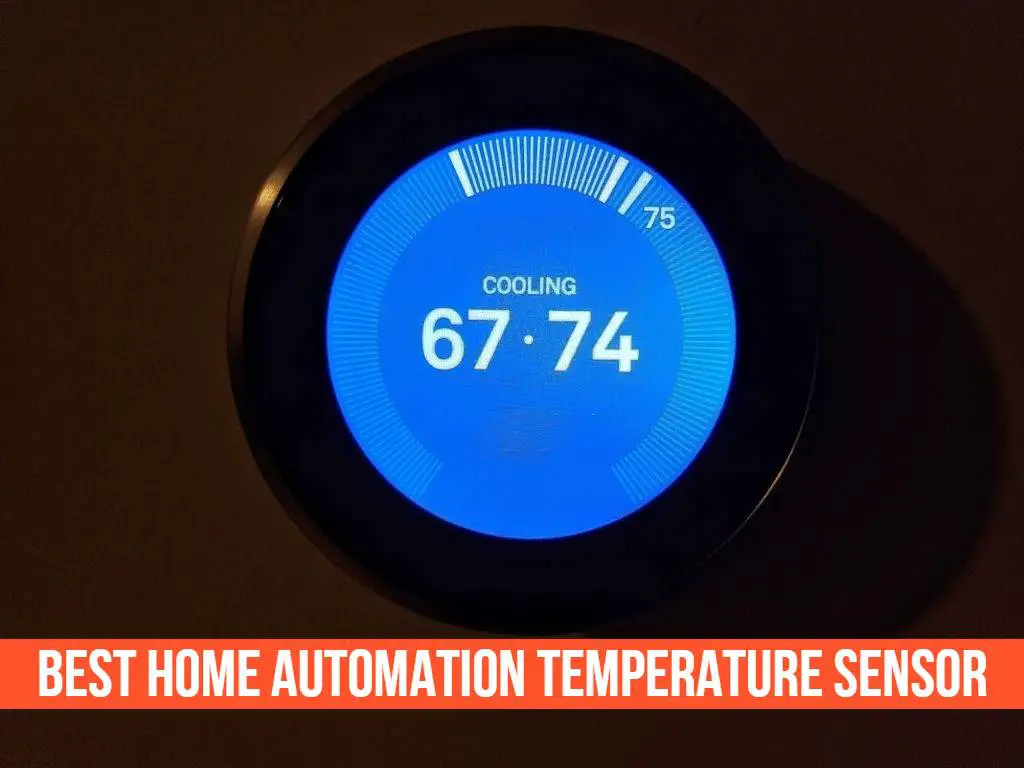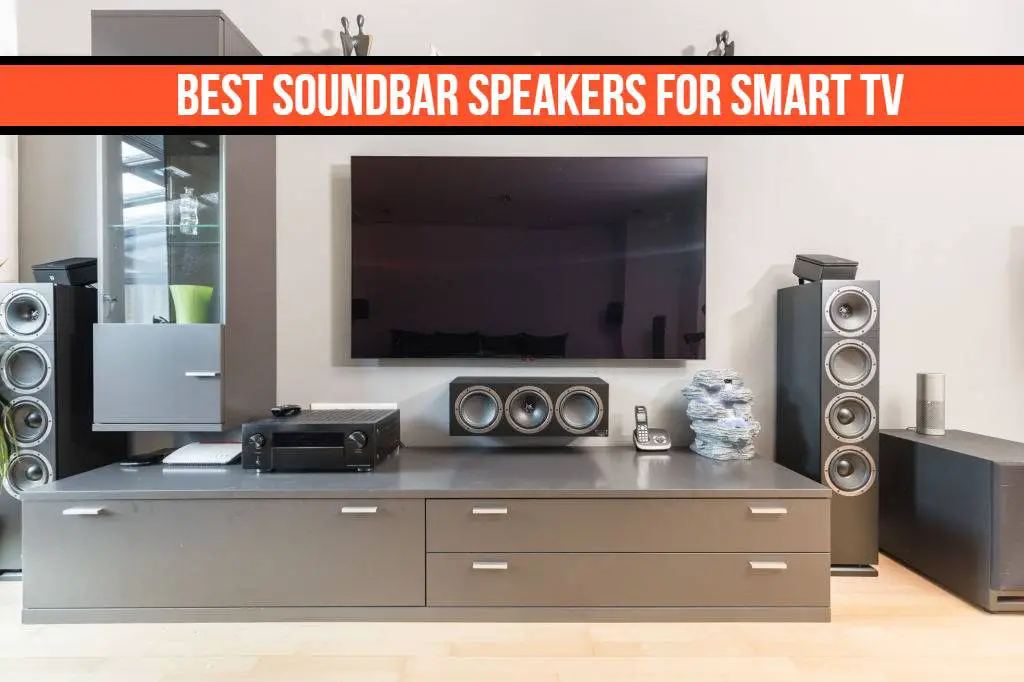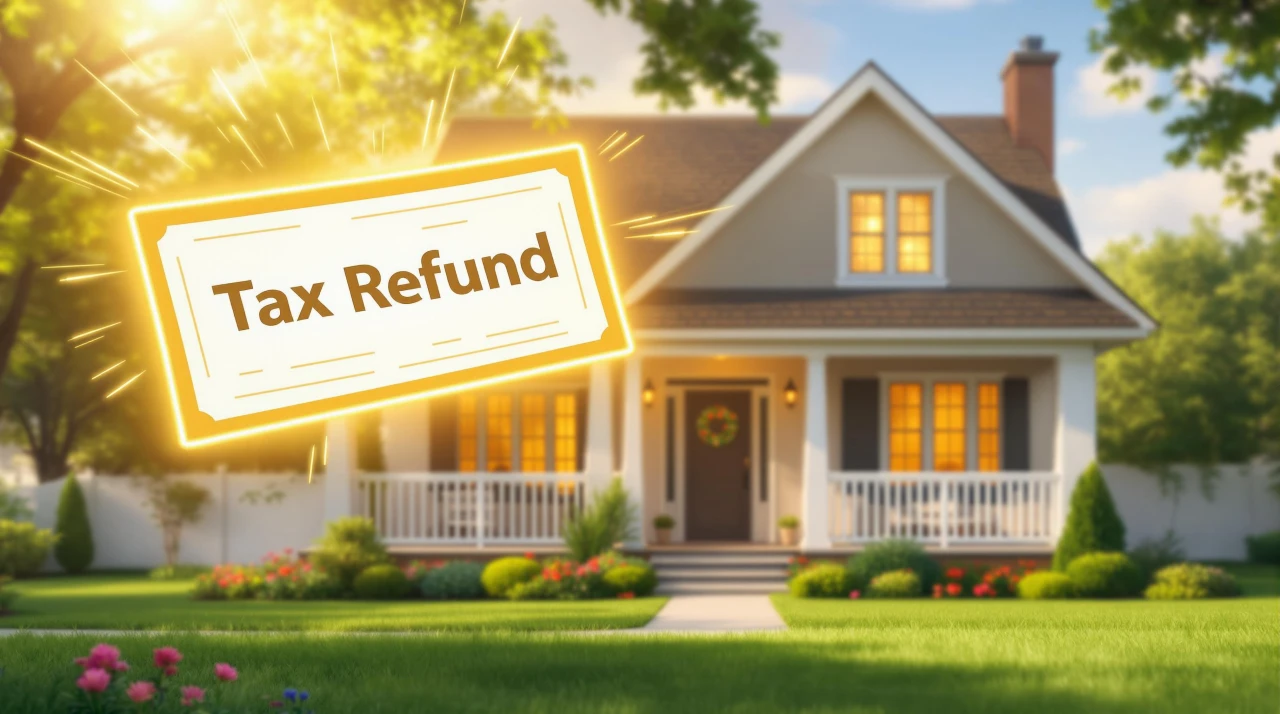
An increasing number of people are looking to smarten up their homes with voice control systems like Amazon’s Alexa. The potential for automating your house is amazing, and you can save yourself a lot of time and effort by skipping the old-fashioned remote controls or browser-based smart home apps. Instead, you can start building your own by getting an Echo speaker or another Alexa device.
Amazon has launched a new line of products called ‘Echo’, which is a voice-activated device that you can place anywhere in your home. It listens for the sound of your voice and responds to it. You can ask Alexa (the assistant’s name) all kinds of questions like what the weather will be like tomorrow or give you information about anything under the sun. But she can do more than just give out information; she can control other smart devices like lights or dimmers. For example, you might say, “Alexa, turn off the lights“.
What is the Alexa? How do you use it? Why should you use it? In this guide, we’ll answer all those questions and more. We’ll teach you the basics of what Alexa is, how it can make your life easier, and how to make a smart home with Alexa. Let’s get started.
What is the Alexa?
Alexa is a virtual assistant that was designed for the Echo smart speaker. It listens to your commands and questions and can control light switches, smart appliances, and a number of other smart home devices. It can also give you information on just about anything under the sun. Alexa is built on top of the same basic system like Siri, Cortana, and Google Now.
How do you use it?
To use Alexa, you’ll need to have an Amazon Echo or Echo Dot speaker. These speakers are designed for voice commands and will listen when you talk. They’re always on, so you just need to say the wake word, “Alexa”, followed by your question or command. Because they’re always listening, Echo devices can perform some useful tricks. For example, if you have an Echo in your kitchen, you can say, “Alexa, add eggs to my shopping list” when you notice that your carton is empty while cooking.
Why should you use it?
Although Alexa is a functional as other virtual assistants, you can extend its functionality with smart devices for your home. For example, if you have an Echo Plus, you can ask it to turn off the lights, and Alexa will use your SmartThings hub to carry out that command. It can be a great time-saving device, and it can eliminate a lot of the hassle that you face every day.
There are several reasons why you might choose one hub over another. For example, if you want compatibility with Apple’s HomeKit ecosystem, you may choose a hub from iHome or Philips Hue. If you already have a Nest Thermostat, you may choose to use the Wink Hub 2. Or, if you want compatibility with most smart devices available, you may choose SmartThings or Insteon.
Once you’ve chosen a smart hub, you’ll need to decide how many devices it can connect with.
If you’ve chosen a device from SmartThings, Insteon, or Wink, you’re in the clear! All of these smart hubs will work seamlessly with your Alexa device.
If you’re using a different smart hub, such as iHome or Philips Hue, check the product’s compatibility page here.
If your device isn’t working, check the product’s support page. Each company has a process for connecting their device to Alexa and should be able to help you get up and running.
For example, if you’re pairing a smart lock to your hub, consult the product’s user manual for instructions.
You can also change the name of your devices, here’s a guide to some funny name ideas for Alexa devices.
iDevices Switch- Control appliances from anywhere in your home with just your voice.
Flic (Smart Button) – Control home appliances and other smart devices with just your voice.
TP-Link Smart Plug- Control lights, appliances, and other smart devices using the TP-Link app or your Echo.
Nest Thermostat- Control your thermostat from anywhere with Alexa and the Nest app.
Vivint Smart Home- Control your smart home system with just your voice.
Nest Cam Security Camera- See who’s at the door when you’re away from home with just your voice.
Ring Video Doorbell- See who’s at the door when you’re away from home with just your voice.
Lutron Caseta Wireless Smart Bridge Pro- Control lights and curtains from anywhere using just your voice.
August Smart Lock- Control locks from your phone or with just your voice.
Ecobee3 Smart Thermostat- Control your thermostat from anywhere with Alexa and the Ecobee app.
There are many more smart devices compatible with Alexa, and the list is growing every day. If you’re curious about whether your smart home device is compatible, check out this guide.
Here’s a list of popular Alexa commands that you can try in your new smart home.
Alexa, lock my door.
Alexa, turn off the hall light.
Alexa, set the temperature to 72 degrees.
Alexa, is the back door locked?
As you get more comfortable with your smart home system, don’t hesitate to customize your experience! With thousands of apps available for Alexa, you can control your device however you please.
Explore these options and make your smart home as unique as you are. There you have it! Now that your new smart home is connected, it’s time to sit back, relax, and enjoy your connected world.
If you’re using another smart hub, the process may vary slightly, but the general steps are similar.
Final Thoughts
One of the most exciting aspects of a smart home is that it’s completely customizable. For some people, this means controlling their entire home from one device. For others, it means a little bit of everything from everywhere.
If you’re new to the smart home world, there’s no need to feel intimidated. After all, this is the first step toward a world full of luxurious automation and effortless convenience.
Follow the steps above, and you’ll be up and running in no time. Happy smartening!
Also Read:






